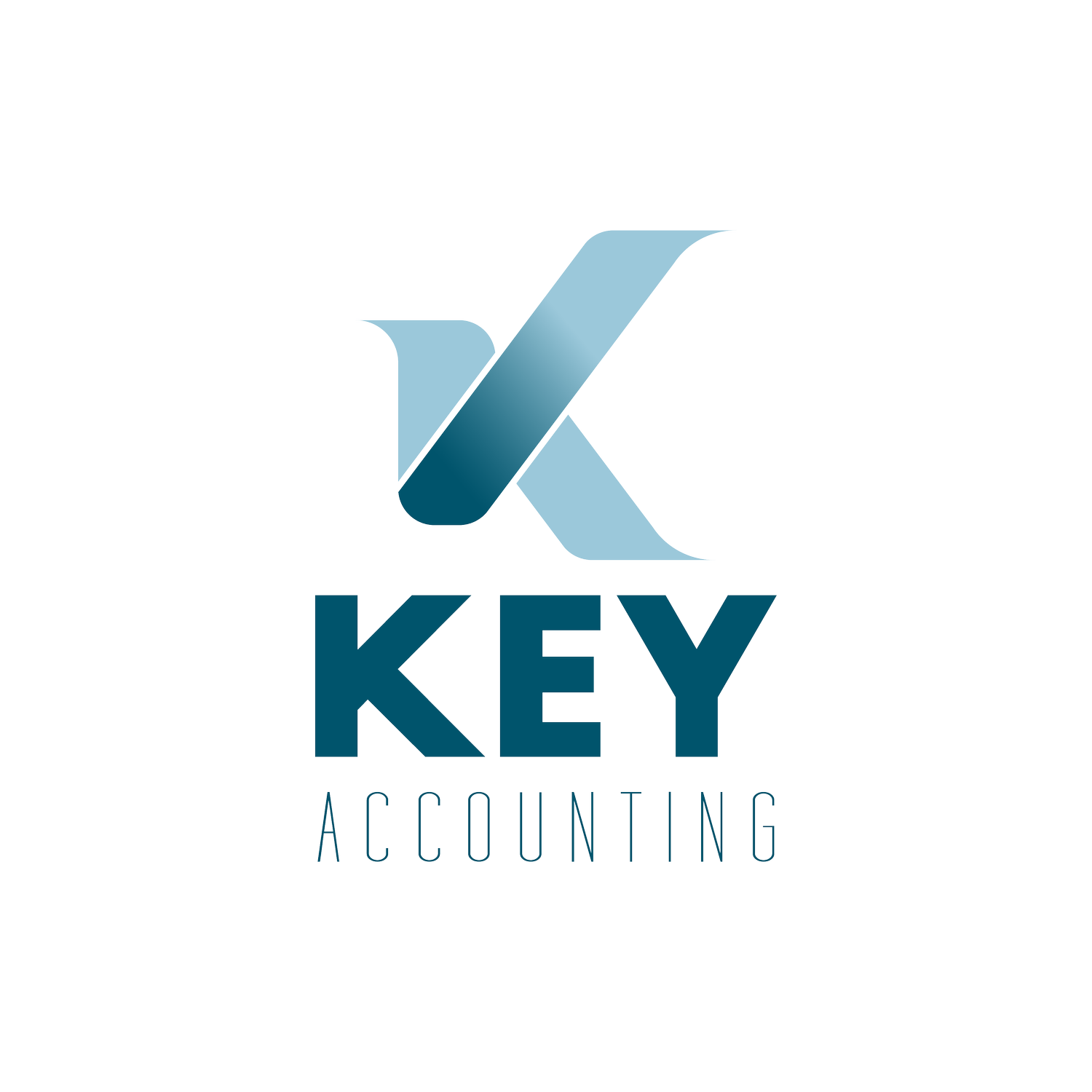How Much Should You Pay Yourself? A Private Practice Breakdown
If you're a therapist running your own practice, you've probably asked yourself:
“How much of this money is actually mine to take home?”
It’s one of the most common questions I hear—and one of the most stressful if you’ve been winging it month to month.
Let’s break it down so you can feel confident and in control of your income—with a method that’s simple, realistic, and sustainable.
💡 First: Separate “Profit” from “Pay”
Before we get into the numbers, here’s a key mindset shift:
Owner pay = what you pay yourself for the work you do
Profit = what’s left over after expenses and taxes (this can be used to grow, save, or reinvest)
You don’t have to drain your business account to feel “paid.” You just need to create a clear plan that protects your cash flow and your peace of mind.
🧾 A Simple Pay Formula for Therapists
Here’s a breakdown I often recommend as a starting point:
Total monthly revenue (what you collect from clients)
Subtract business expenses (software, rent, dues, contractors, etc.)
Set aside taxes (15–20% of net income)
What’s left = your available owner pay + profit
From there, aim to consistently pay yourself:
50–70% of net income, depending on your expenses and goals
Or a flat amount monthly (and keep the rest in reserves)
Don’t Pay Yourself Whatever’s Left
Many therapists fall into this trap:
They pay bills
Check their balance
Transfer whatever’s left to personal accounts
This leads to:
Overdrafts
Surprise tax bills
Constant financial anxiety
Instead, treat your business like a business. Give yourself a paycheck—on purpose.
A Better System: Pay Yourself on a Schedule
Create a rhythm that’s predictable:
Set a base amount to transfer every 2 weeks or monthly
Automate it, just like payroll
Reassess every 3–6 months based on your growth
This approach stabilizes your household finances and helps you see if your practice is really profitable.
💡 Pro Tip: Use a bank like Relay to set up multiple checking accounts (Owner Pay, Taxes, Operating Expenses, etc.). Relay makes it incredibly easy to automate transfers based on percentages, so you always know exactly how much is available for each purpose. No more guesswork—just clarity.
What If My Income Is Inconsistent?
If you have a mix of high and low months, build in a buffer:
Only pay yourself what your lowest month can support
Save the rest in an Owner Pay Reserve account
Use that reserve to supplement during slower periods
This is the foundation of the Profit First method (which I use for my own business). It works.
If you have not read the Profit First book, it is a must read!
What About S Corps?
If you’ve elected S Corp status, you’ll need to pay yourself through payroll with a tool like Gusto.
Talk to your CPA to determine your “reasonable salary” and set up proper withholdings.
Final Thought
Paying yourself consistently is not greedy, selfish, or irresponsible.
It’s responsible. It’s strategic. And it’s one of the most freeing shifts you can make as a business owner.
You deserve to feel supported by your work—not confused or constantly short on personal cash.
When you treat yourself like an employee of your business, you’ll feel more grounded, more stable, and more empowered to grow.
Need Help Creating a Pay System That Actually Works?
I help therapists clean up their books, plan for taxes, and build simple money systems that help you take home what you need—with less guesswork.
📬 Want Therapist-Friendly Money Tips in Your Inbox?
Get therapist bookkeeping insights, income planning tools, and financial encouragement—delivered monthly.
Sign up for the newsletter here
Disclosure
Some of the links in this post are referral links, which means I may receive a small commission if you choose to sign up—at no extra cost to you. I only share tools I’ve used, trust, and genuinely recommend for therapists building sustainable practices.

